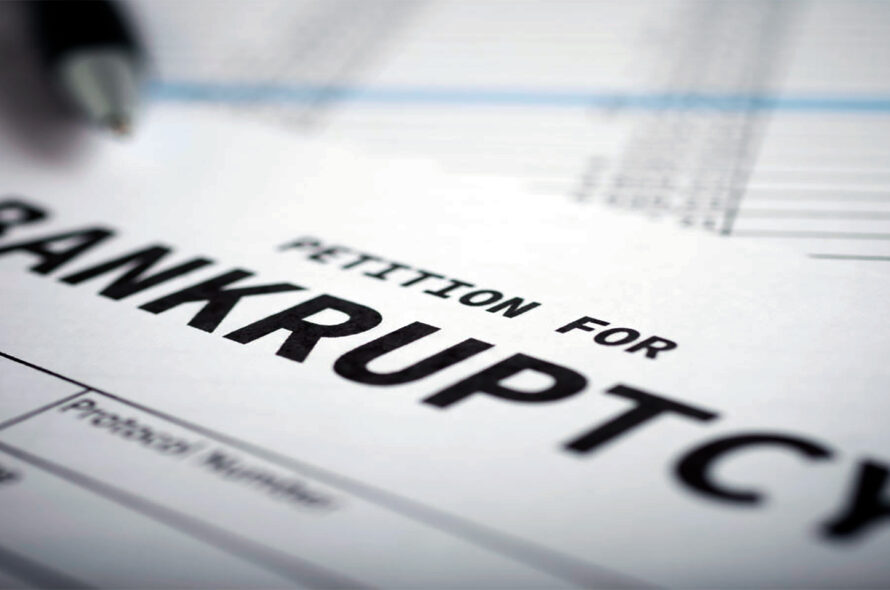The Psychological Effect of “Invisible Debt”: How Loans and Installments Mask Risks
Most people notice when they take out a mortgage or a car loan. Those debts are big, formal, and hard to ignore. But invisible debt is different. It hides in small installments, in buy-now-pay-later plans, in monthly subscription credit, and in flexible payment options that feel harmless. Each obligation looks minor on its own, yet together they can weigh as heavily as a traditional loan. The psychology of invisible debt explains why so many consumers underestimate what they owe—and why that miscalculation can reshape financial habits.
Why Invisible Debt Slips Past Awareness
Debt that hides in plain sight rarely triggers the same caution as a formal bank loan. Buy-now-pay-later platforms present purchases as if they were free today, with “just a small installment” due later. Subscription services add a few dollars here and there, billed automatically. Credit cards allow rolling balances that blend seamlessly into everyday spending. The brain does not register these commitments as real debt, because they feel embedded in daily life rather than separate obligations. Over time, the lack of clear boundaries encourages overspending, leaving individuals surprised when balances pile up and repayment becomes difficult.
The Role of Mental Accounting
People categorize expenses in mental “buckets.” Small recurring payments feel like routine costs, not liabilities. This reduces the psychological weight of debt.
Why Formal Loans Feel Different
Signing for a mortgage or car loan feels serious. By contrast, tapping “pay later” online takes seconds, tricking consumers into treating debt casually.
The Subtle Stress of Hidden Commitments
Invisible debt doesn’t just harm finances; it affects mental well-being. Individuals juggling multiple small loans often feel a low-level stress without realizing its source. Each bill is small, but the cumulative uncertainty—never knowing exactly how much is owed—creates anxiety. Unlike a single, defined loan, invisible debt lacks a clear finish line. This makes people feel as if they are running on a treadmill with no end. Even when balances are manageable, the uncertainty weighs on decision-making, influencing everything from spending choices to long-term planning.
Emotional Blind Spots
Consumers underestimate the pressure of numerous small obligations because they don’t perceive them as real debt until payment is due.
Impact on Daily Life
Constant notifications, payment reminders, and small deductions quietly erode confidence and increase financial fatigue.

Behavioral Traps That Reinforce Invisible Debt
Companies design credit products to blend into consumer behavior. Buy-now-pay-later programs minimize friction by making delayed payment the default. Subscription models rely on “set and forget” psychology, where charges continue unnoticed. Credit cards use minimum payment structures that give the illusion of progress while allowing debt to accumulate. These mechanisms reinforce the invisibility of borrowing, creating habits that normalize indebtedness. Consumers often tell themselves, “It’s only a small payment,” without calculating the long-term cost, especially once interest or penalties are applied.
Small Payments, Big Totals
One installment feels manageable, but dozens combine into a significant burden. The mind struggles to add them up accurately.
Default Bias
When delayed payment is presented as the easy option, people accept it without considering the future strain.
Why Awareness Matters for Financial Stability
The danger of invisible debt lies not only in repayment but in perception. People who underestimate obligations may believe they have more disposable income than they actually do. This distorts budgeting, leading to higher spending and reduced saving. On a larger scale, invisible debt shifts how households interact with the financial system: they may appear solvent on paper while being stretched thin in practice. Regulators and economists track these hidden obligations because they can amplify risks across whole economies, especially when consumers face sudden shocks like job loss or rising interest rates.
Budgeting Blind Spots
Invisible debt leads people to overestimate their financial flexibility, eroding their ability to save or invest effectively.
Macro-Level Concerns
When millions of households underestimate debt, the cumulative effect magnifies financial vulnerability at a national level.
Shifting Habits to Avoid the Trap
Escaping the cycle of invisible debt requires more than willpower—it requires visibility. Tools that consolidate all obligations into a single overview help individuals understand the full picture. Setting stricter personal rules—such as avoiding automatic subscription renewals or paying more than the minimum on credit cards—also reintroduces conscious decision-making. Education about how small debts accumulate can shift consumer habits, making it harder for borrowing to slip under the radar. By bringing obligations into awareness, people can regain a sense of control and reduce both financial and psychological strain.
Tracking and Consolidation
Apps and financial dashboards that gather every installment in one place counteract the invisibility of debt.
Reframing Borrowing
Treating even small commitments as “real loans” helps restore seriousness to decisions that otherwise feel casual.

Making Invisible Debt Visible
The future of consumer finance will likely reduce the invisibility of small loans and installments. Fintech platforms are already experimenting with real-time dashboards that show every ongoing commitment in one place, from buy-now-pay-later purchases to streaming subscriptions. Regulators may also require clearer disclosures, forcing companies to present total monthly liabilities rather than single payments. Artificial intelligence could predict when households are nearing dangerous thresholds and issue alerts before defaults occur. At the same time, banks may reward transparency with better loan terms for customers who consolidate debts. These changes will not eliminate borrowing, but they may shift the psychology—transforming invisible debt into something consumers recognize and plan for more deliberately.
Fintech Integration
Expect financial apps to merge installment plans, card balances, and subscriptions into unified snapshots, making hidden borrowing harder to ignore.
Regulatory Nudges
Clearer disclosures and mandatory totals could reframe how consumers see “small” debts, reducing the psychological blind spot.
Consumer Scenario
Consider a household juggling a few streaming services, a buy-now-pay-later furniture purchase, and a handful of small credit card balances. Each payment is under $50, so none feels heavy. Yet together, the monthly outflow quietly exceeds what they budgeted. In a near-future setting, a consolidated dashboard might flag the total, showing they are already spending 25% of their income on hidden commitments. An automated alert recommends cutting two subscriptions and paying down one loan aggressively. This small adjustment prevents the household from sliding into missed payments or high-interest debt. The shift from fragmented awareness to full visibility is where technology could change outcomes.
Conclusion
Invisible debt works by disguising itself as harmless. A few dollars here, a delayed payment there—none feels dangerous in isolation. Yet the psychology of underestimating debt creates real risks, both for individuals and for economies built on consumer borrowing. By understanding how mental shortcuts and product design mask obligations, people can start to see the invisible more clearly. Awareness does not eliminate debt, but it removes the surprise—and in finance, surprises are often the most costly part of the story.











